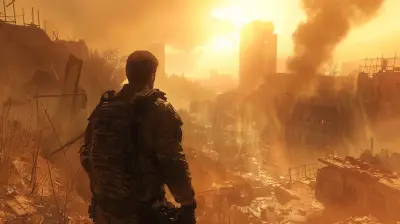Spawning Enemies: Crafting Challenges Through Enemy Placement
7 May 2025
Crafting a good video game is an art, wouldn’t you agree? It’s more than just flashy graphics or an epic soundtrack (though those are great too); it’s about creating experiences that speak to the player. One of the key ingredients in nailing this comes down to something as simple—and as complex—as enemy placement.
Think about it: the thrill of facing swarms of foes in an action game or the creeping dread of an ambush in a horror title doesn’t just happen by accident. It’s all meticulously planned. In short, where and how enemies spawn can make or break the fun factor. So, let’s dive into the nitty-gritty of crafting challenges through enemy placement. 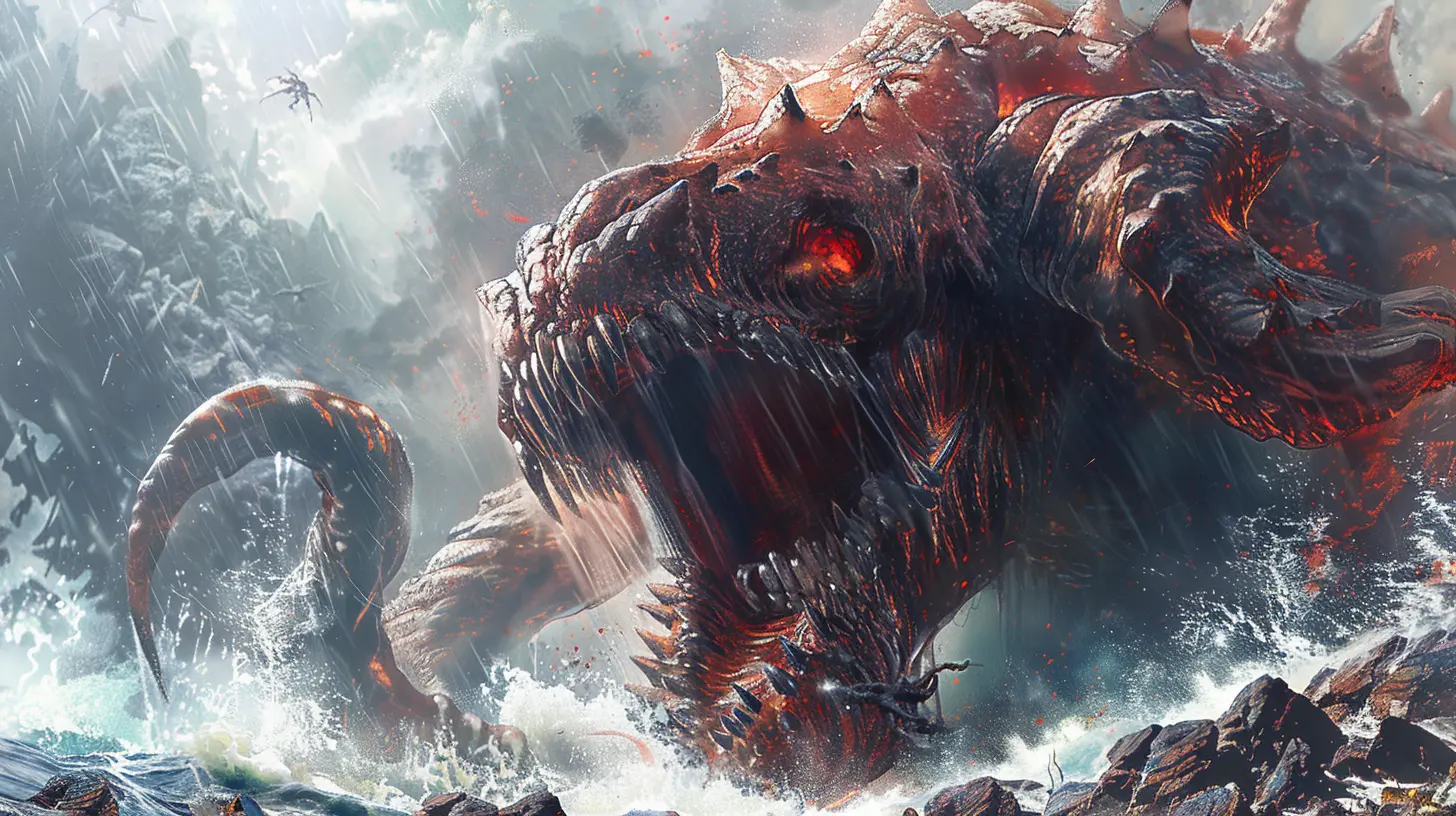
The Science of Spawning: Why Enemy Placement Matters
At first glance, enemy placement might not seem like a big deal (“Just toss a few bad guys here and there,” right?). But if you’ve ever been blindsided by a sneak attack when you had barely any health left, or rolled your eyes because an area felt too empty, you already know how critical it is.Enemy placement sets the rhythm of the game. It creates tension, surprise, or even relief. Just like a good joke depends on timing, a thrilling game thrives on well-thought-out enemy encounters. Mess up enemy spawning, and your game could end up feeling more frustrating than fun, or worse—boring. And no one wants that.
Ever Felt Like the Game Was Reading Your Mind?
Great games know how to keep you guessing. They’re like that one friend who’s just unpredictable enough to be exciting. The trick? Clever enemy placement that feels smart but not unfair. It’s no magic trick; it’s planning, testing, and a sprinkle of psychology.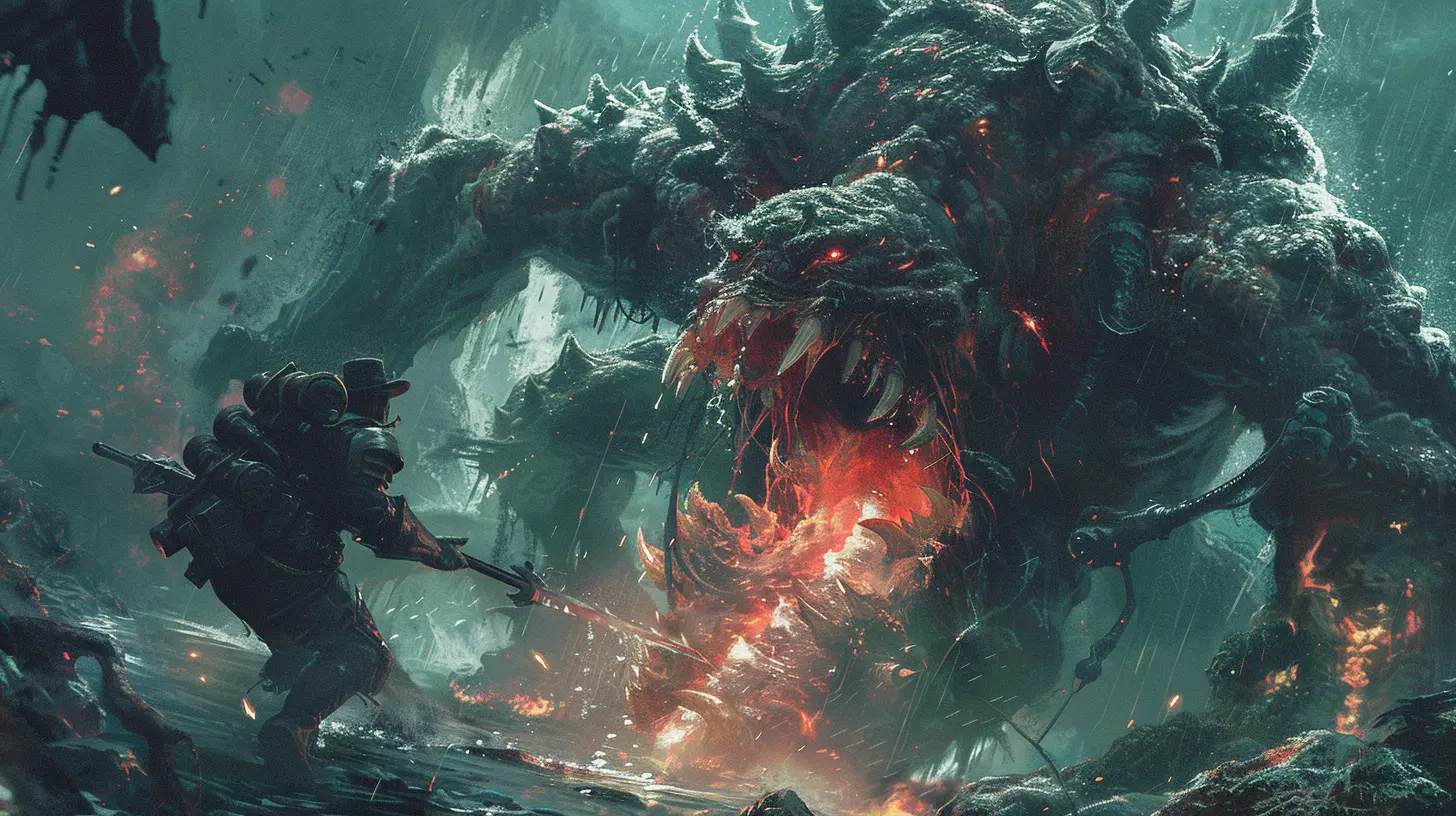
Crafting Challenges: Balancing Fairness and Surprise
Here’s a reality check: players don’t want things handed to them on a silver platter. At the same time, no one enjoys a game that feels like hitting your head against a wall. The sweet spot lies in “fair challenge.”1. Start Simple, Then Crank Up the Heat
Picture this: you’re playing a shooter, and in the first level, you’re immediately swarmed by a dozen elite enemies. Sounds impossible, right? Games need to respect the player’s learning curve. Early on, enemy placements should allow players to get the hang of controls and mechanics.But over time, the difficulty should escalate. Maybe in level one, you’re facing one enemy at a time, but by level three, you’re dodging multiple foes attacking from different angles. It’s like boiling a frog—you slowly increase the heat (metaphorically speaking!).
2. The Element of Surprise
Want to keep players on their toes? Throw in some surprises. Maybe a monster bursts through a wall, or an enemy appears behind a corner when you least expect it. These moments create unforgettable “Whoa!” moments.However, don’t go overboard. If an enemy is waiting to ambush you around every corner, it stops being surprising and starts being predictable. Think of it more like seasoning your food—use just enough to keep things interesting. 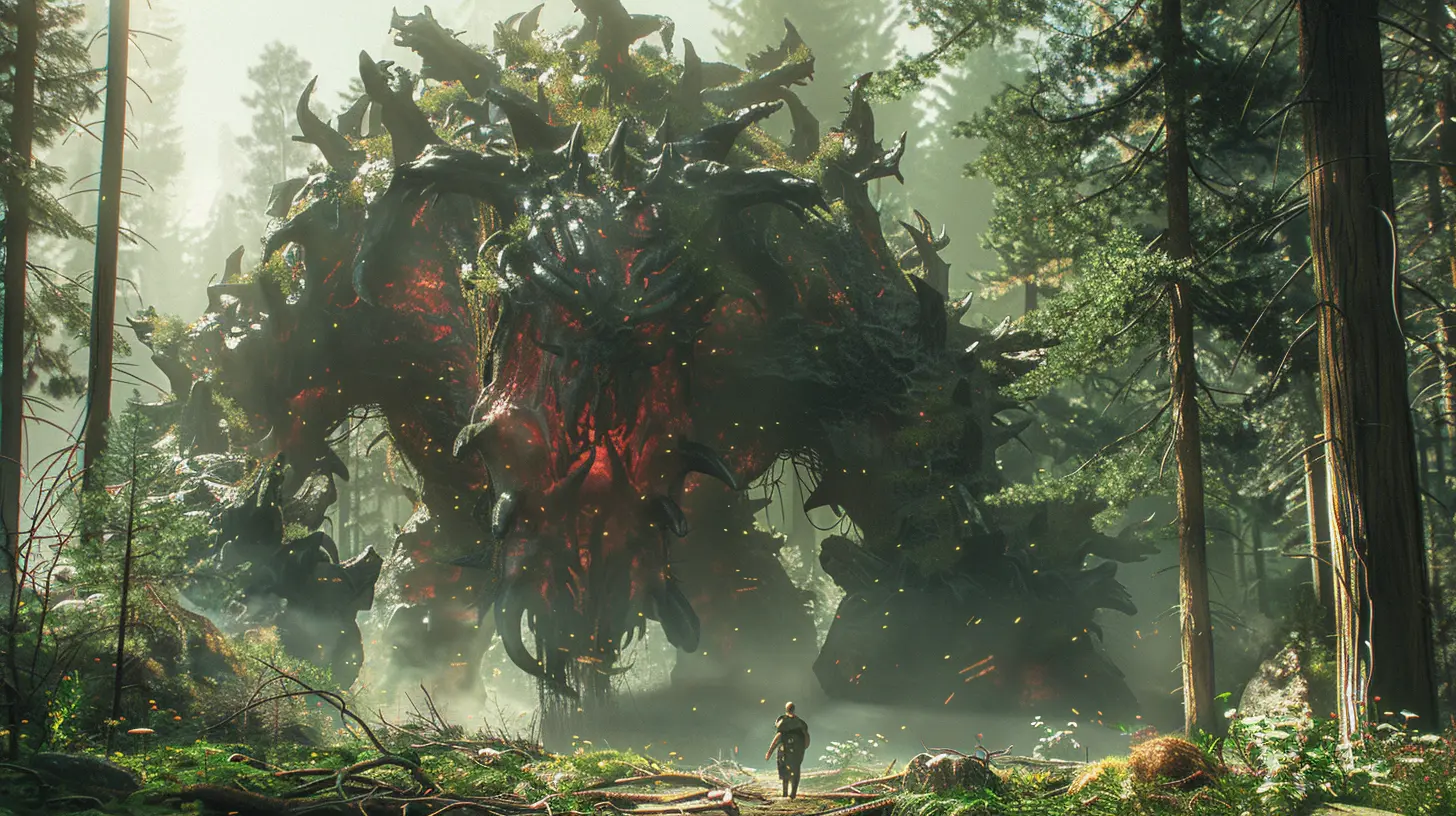
Types of Enemy Placement Strategies
So, how do developers achieve this balance? It all starts with understanding the different types of enemy placements.1. Static Placement
This one’s the classic. Enemies are placed in fixed locations, waiting for you to stumble into them. Think Goombas in Super Mario Bros. Static placements work well when you’re aiming for predictability or building a sense of progression.Want to make this more interesting? Use the environment! Position enemies near hazards or choke points. Suddenly, that simple placement becomes a puzzle.
2. Dynamic Spawning
This is where the game adjusts on the fly. In dynamic spawning, enemies appear based on player actions, location, or game state. Take the “Director” system from Left 4 Dead, for instance. It spawns zombies dynamically depending on how the team is performing. Doing too well? Expect more foes. Struggling? It might ease up a bit.Dynamic spawning keeps things fresh, but it’s tricky to balance. Make enemies feel too random, and players might rage-quit. Get it right, though, and it’s magic.
3. Wave-Based Spawning
Wave-based spawning is all about pacing. Think horde modes or RPGs where enemies arrive in waves. This method allows developers to control the challenge incrementally. It’s the video game equivalent of, “Oh, you thought that was hard? Guess again!”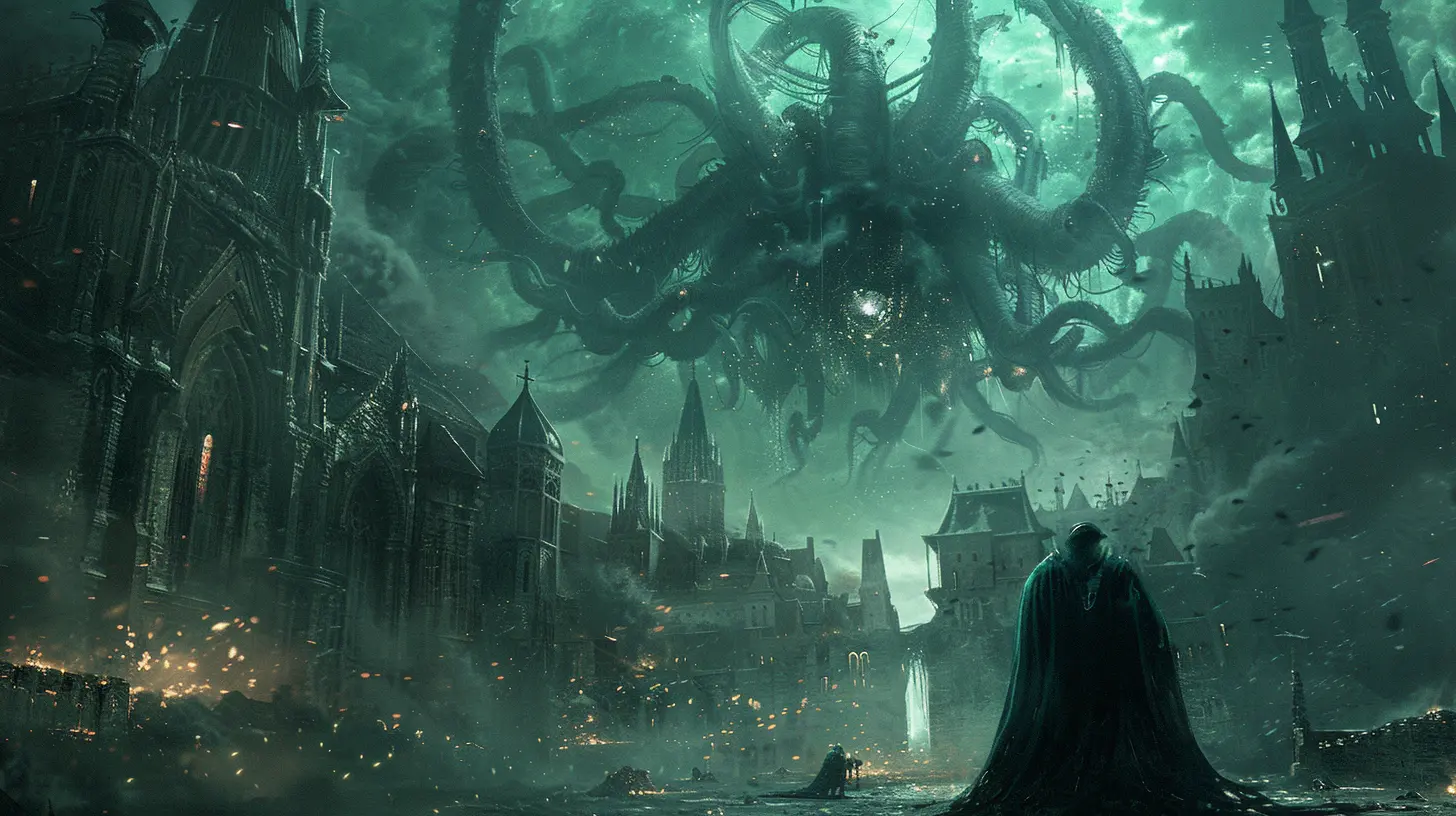
Tricks to Keep Enemy Placement Interesting
Now that we’ve covered types of enemy placements, let’s talk strategies. These are some tried-and-true techniques to keep players engaged.1. Use the Environment to Your Advantage
Good enemy placement isn’t just about the enemies themselves—it’s about where you put them. A sniper on a high ledge is far more dangerous than one standing in an open field, right? Use the environment to make encounters more dynamic.And don’t forget destructible elements! Imagine an enemy hiding behind a wall, only for you to blow it up and catch them off guard. Satisfying, isn’t it?
2. Mix Enemy Types
A swarm of identical enemies can get stale fast. Mixing enemy types forces players to adapt their strategies. Pair a slow, heavy-hitting brute with fast, nimble attackers, and the player now has to decide: dodge the heavy guy or deal with the annoying smaller ones first?3. Reward Exploration
Want players to explore every nook and cranny? Reward curiosity with hidden enemies that drop rare loot or XP. But be careful—not everyone enjoys getting ambushed every time they open a door. It's a balance between risk and reward.4. Leverage Audio and Visual Cues
Sometimes, the best enemy placement is foreshadowed. A well-timed growl or shadow slipping past a doorway can crank up the tension before the fight even starts. That way, when the enemy finally shows itself, it’s both satisfying and terrifying.Common Mistakes to Avoid
Before we wrap up, let’s address what not to do. Because even the best-laid plans can fall apart if you’re not careful.1. Overloading the Player
Throwing too many enemies at the player all at once isn’t challenging—it’s annoying. Give players breathing room between encounters. Think of it like a rollercoaster: the thrill comes from the ups and the downs.2. Unfair Spawns
Ever been playing a game where an enemy spawns right behind you out of nowhere? It feels cheap, doesn’t it? Avoid placing enemies where players have no chance to react. Fair challenges trump frustrating ones every time.3. Predictability
If enemies always spawn in the same place at the same time, players will catch on fast. Mix things up to keep them guessing.Wrapping It Up: Why Spawning Matters
When done right, enemy placement transforms a game. It’s the difference between a ho-hum level and one players talk about for years. Whether it’s keeping things fair, adding surprises, or balancing difficulty, every little detail of enemy spawning counts.So, the next time you’re designing enemy placement—or even just playing a game—take a moment to appreciate the thought that goes into it. After all, crafting challenges through enemy placement isn’t just design—it’s storytelling in its own way.
all images in this post were generated using AI tools
Category:
Game MechanicsAuthor:

Pascal Jennings
Discussion
rate this article
4 comments
Zariah Rogers
This article brilliantly highlights the nuanced art of enemy placement in game design. I appreciate the insights shared on balancing challenge and fun. It’s a crucial aspect that often goes unnoticed in gameplay discussions!
June 13, 2025 at 4:30 AM

Pascal Jennings
Thank you! I'm glad you found the insights on enemy placement valuable. Balancing challenge and fun is indeed essential in game design.
Sylas McKinney
Enemy placement isn’t just a design choice; it’s the heartbeat of gameplay. Get it right, and you forge unforgettable challenges. Get it wrong, and players leave.
May 11, 2025 at 4:44 AM

Pascal Jennings
Absolutely! Enemy placement is crucial for crafting engaging challenges that keep players invested. Get it right, and it enhances the experience; get it wrong, and you risk losing them.
Zinn McVicker
In realms where shadows blend and clash, Enemies emerge, a dance of tactics and flash. Each spawn a whisper of challenge anew, Crafted with care, they beckon the brave, In this art of placement, legends are made.
May 10, 2025 at 4:42 PM

Pascal Jennings
Thank you for capturing the essence of strategic enemy placement! It truly transforms gameplay into an engaging dance of challenge and skill.
Natalia Benson
Great insights on enemy placement! Strategic spawning can significantly enhance gameplay dynamics, creating engaging challenges that keep players invested and on their toes. Keep it up!
May 9, 2025 at 3:17 AM

Pascal Jennings
Thank you! I'm glad you found the insights valuable. Strategic enemy placement truly can elevate gameplay and enhance player engagement!


